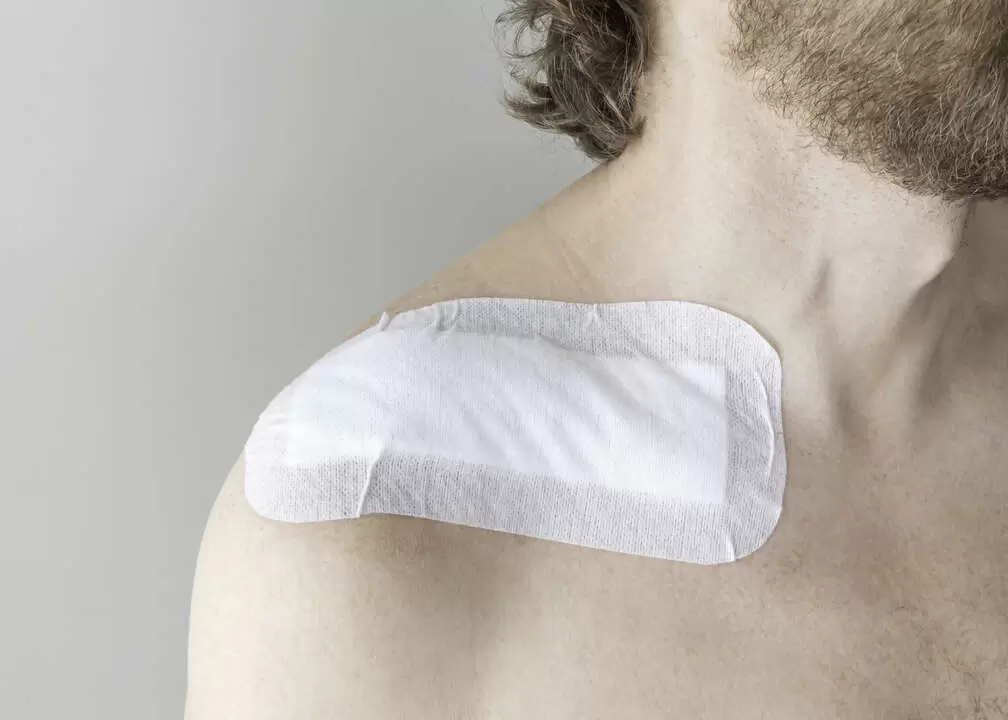Are External Pain Relief Patches Harmful to the Body? Excessive Use Can Damage the Liver and Kidneys

Although patches are for external use and seem safe, excessive use can still pose risks to the body.
Although pain relief patches are for external use and seem relatively safe, excessive use can still harm the body. While they may effectively alleviate discomfort, they can also pose potential risks to your health.
Pain relief patches are typically categorized into two types: traditional herbal and pharmaceutical. Herbal patches often contain ingredients like capsaicin oil, menthol oil, and salicylic acid, which work by providing warmth to improve blood circulation or a cooling sensation for pain relief. Pharmaceutical patches, on the other hand, include prescription drugs like Fentanyl (a controlled substance), Flurbiprofen, or Lidocaine, and require a doctor's prescription.
Many people opt for pain relief patches due to concerns about the side effects of oral medication or pre-existing conditions like chronic stomach ulcers. They rely on external applications as an alternative to oral medicine. However, like any medication, pain relief patches have usage limitations.
Excessive or prolonged use of these patches can damage the liver, kidneys, and stomach, and may also cause skin allergies. Even though these patches are applied externally, their active ingredients are absorbed through the skin into the body, potentially affecting liver, kidney, and stomach functions.
It’s important to note that if you're already taking long-term oral medications, you should avoid using pain relief patches or other topical analgesic creams simultaneously. Excessive accumulation of medication in the body may increase health risks.
Therefore, if you're a frequent user of pain relief patches, it's essential to use them cautiously. Always follow the advice of a doctor or pharmacist, adhere to proper usage guidelines and frequency, and never underestimate the potential risks just because they are applied externally.